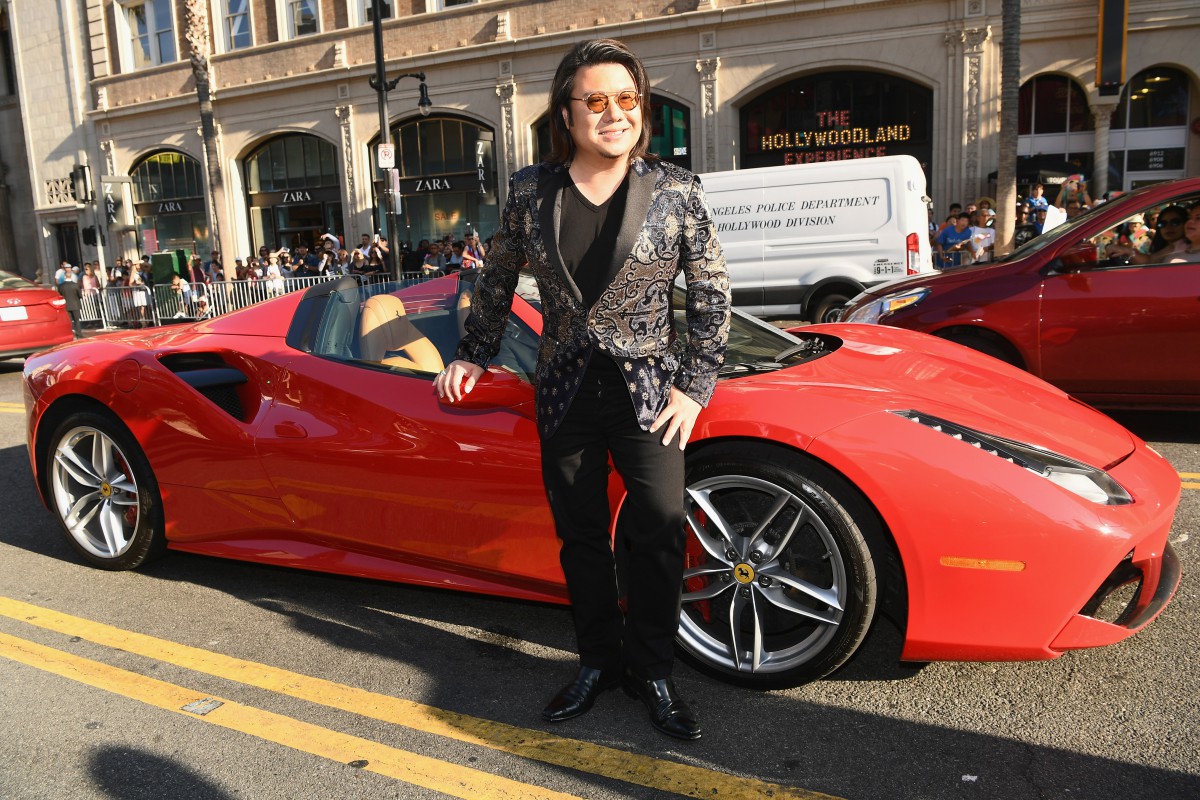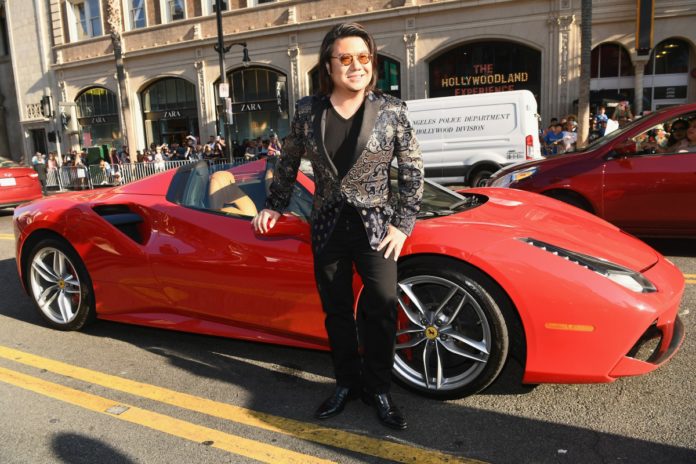MARKET researchers have found that plenty of Southeast Asia’s nouveau riche spends lavishly, but their buying habits of those in the region tend to be nuanced and don’t necessarily fall within certain expectations.
Most of us reading this have either watched or at least heard of one this year’s biggest romantic comedies, Crazy Rich Asians, which depicts the opulent lifestyles of the regions high-net-worth individuals (HNWI).
While much of the story focused on the jet-setting lifestyles of the segment of wealthy elites, the HNWI make up for a minority of a wealthy group dubbed as the “mass affluent”.
But who are they?
The Boston Consulting Group (BCG) noted that to identify the mass affluent market of Southeast Asia, it was important to cast aside typical stereotypes: HNWI who inherited their wealth or made their big bucks in property and security trades, and the ultrarich who are characterised in Crazy Rich Asians.
SEE ALSO: Super-rich spend most for Hong Kong’s ultra-prime properties
BCG’s Center for Customer Insight recent research findings pointed out that the majority of mass-affluent consumers are young and savvy. The research was based on a survey of 6,000 affluent consumers and extensive qualitative research in six major ASEAN countries.
The research found that two-thirds of those surveyed were under 40 years of age while more than three-quarters had experienced upward social mobility in earning their wealth as professionals or business owners in the past 10 years.
The mass affluent in this region are new-comers to the world of luxury goods, and many of them are upgrading to premium products in terms of items such as personal care, food and beverage, and footwear.

(File) Author Kevin Kwan arrives at Warner Bros. Pictures’ “Crazy Rich Asians” Premiere at TCL Chinese Theatre IMAX on Aug 7, 2018 in Hollywood, California. Emma McIntyre/Getty Images/AFP.
“So, these consumers are relevant not only for luxury brands, such as Chanel and Diageo but also for companies such as Johnson & Johnson, Procter & Gamble, Heineken and Adidas,” the report stated.
And while having deeper pockets than ever before, the majority of the segment of consumers were still wary of the things they buy. This includes doing thorough research on their desired goods before making a decision.
Their research on whether or not the items were worth the price often comes through the use of digital media, but they are also said to enjoy “immersive” purchasing experience and reserve a high share of their spending while travelling overseas.
Why do they matter?
In times of economic volatility, BCG pointed out that the mass affluent tends to have better buying propensity compared to the middle class.
When it comes to being more digital connectivity, the mass affluent were more engaged than other segments as it was found that nearly 60 percent of Thais and an astounding 88 percent of Filipinos shopped online.
The report also noted that the mass affluent take 12 international trips a year on average, buying more than 40 percent of items such as watches, skincare products and cosmetics overseas.
Aparna Bharadwaj, a partner who leads the firm’s Center for Customer Insight (CCI) and BCG’s marketing, sales and pricing practice in Southeast Asia, recently told The Edge that remarkably high proportion of the region’s mass-affluent consumers share similar values and preferences, even though they remain separated by language, culture and distance.
This was largely owing to their frequent travel and social media use.
“We were quite surprised to see how relatively homogenous the mass-affluent consumers are. The middle class, for example, are very different by markets and carry a strong country influence in their preferences, shopping behaviour, choice of brands and attitude towards price,” she was quoted as saying.
“In contrast, the mass affluent have similar preference on many dimensions. For example, they overwhelmingly prefer exclusive or limited edition products, they usually plan their luxury purchases and they care about quality and not just brands. This means that they are very amenable to a pan-regional strategy [by consumer companies].”
She added: “Unlike the middle class, they do not always require a country-by-country strategy. They are well-travelled consumers and have formed their views by moving across geographies and markets.”
Aparna said it is important for all consumer product companies to tap into the mass affluent, adding companies that have ‘masstige’ (mass prestige) or premium offers should pay close attention to this market.
SEE ALSO: Shanghai named Asia’s most expensive city for rich shoppers
“But even mass market companies could have compelling propositions for the mass affluent because we are talking about a highly accessible market, not the high-net-worth individuals,” she said.
“Given this group has a 20 percent to 40 percent share of household wealth in Southeast Asian countries, which is likely to be a 40 percent to 65 percent share of wealth by 2030, they are a large and highly significant market for most categories.”
The report in the Edge noted that the mass affluent account for roughly half of all spending in categories such as leisure travel, watches and cars across the region.
Aparna says companies can seize competitive advantage in “one of the world’s greatest emerging mega markets” by better understanding the mass affluent market.





